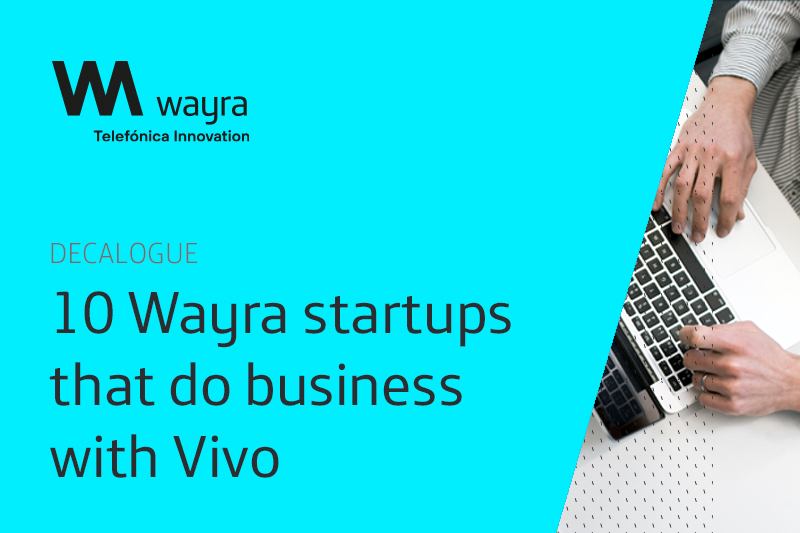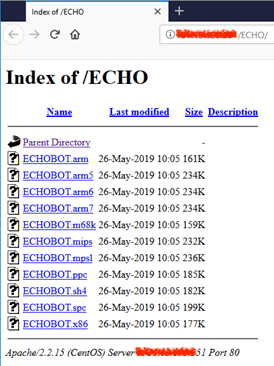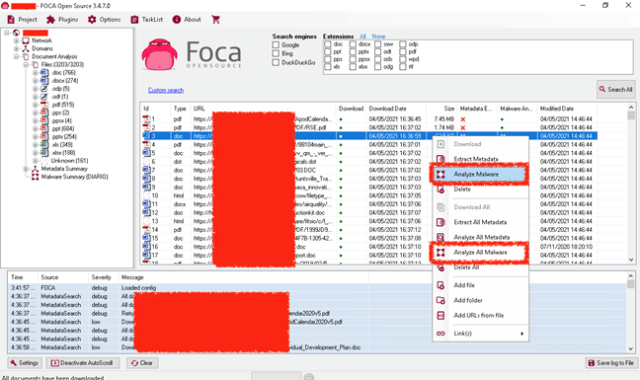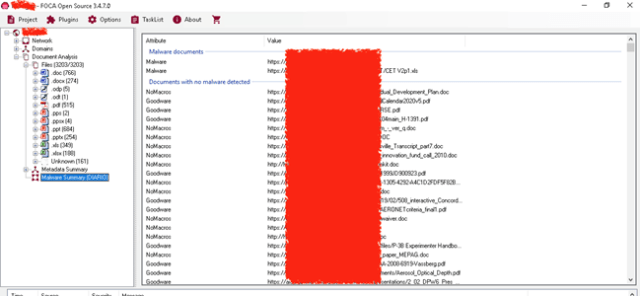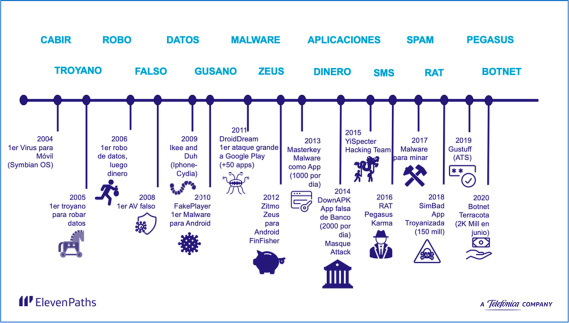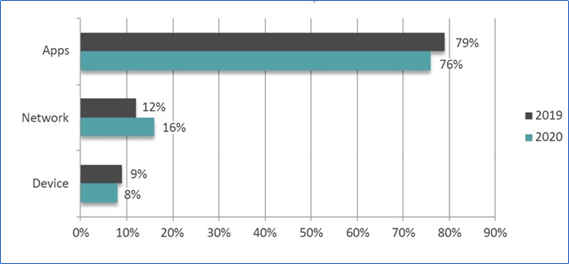With 10 years of operations, Wayra has transformed the entrepreneurial ecosystem in Brazil and worldwide. Since its launch in 2011, when it was created to support entrepreneurship, Wayra has invested in more than 800 startups and almost 10% of them are in Brazilian territory. In addition to investments, one of the main values of Vivo’s hub is to escalate new business opportunities, whether direct or indirect, of its startups with the Telefónica/Vivo group.
In this first decade alone, more than 250 startups took advantage of this opportunity, becoming suppliers or partners of the company. “Connecting entrepreneurs with the corporation has always been one of our main goals; it is something we want to keep happening from now on,” promises Livia Brando, Wayra’s country manager in Brazil.
The partnership with startups has allowed the Telefónica group to improve its processes and develop a series of projects using technologies such as 5G, Internet of Things (IoT), Artificial Intelligence (AI), data analysis, robotics and cloud computing, generating over R$1.9 billion in revenue for the startups. This alignment between corporation and entrepreneurship is made possible by means of open innovation projects, which provides mutual benefits: in addition to collecting more than 75 successful exists, Wayra saw its Corporate Venture Capital investments value more than 70%.
More than celebrating its 10 years of life, Wayra also celebrates the success of so many projects implemented between the Brazilian portfolio startups and the company. See below some of these partnerships between the corporation and Wayra’s entrepreneurs.
1. Ativa
In partnership with Vivo, Ativa is responsible for the development of Vivo Clima Inteligente, a service that takes climate information and provides automated control to field irrigation systems. The data passed on to rural producers through the IoT services of Vivo Clima Inteligente include rain, wind speed and direction, solar radiation, temperature, among others. “We are able to connect what seemed unconnectable and to manage what seemed unmanageable. We are heading towards business scalability, also taking advantage of the momentum of growth in IoT opportunities,” celebrates Edson Ribeiro, CEO of Ativa.
2. Iotag
This startup is responsible for the backstage of the Vivo Maquinário Inteligente solution, which couples telemetry devices in farm heavy vehicles, such as tractors and harvesters. The idea is to bring connectivity for a more efficient management of field operations, monitoring more than 150 machinery parameters in order to reduce fuel consumption and perform preventive maintenance. “Because of the partnership with IoTag, we have expanded our portfolio of IoT field applications, transforming a startup solution into a Vivo product”, explains Rodrigo Gruner, Vivo’s innovation leader.
3. Gupy
By digitizing the recruitment and selection process, Gupy is able to bring more than 70% assertiveness in the search for new talents for job opportunities in the companies. “We are able to make our customers 60% more efficient in their hiring process by making use of our Artificial Intelligence (AI) as part of the procedure,” points out Mariana Dias, CEO of Gupy. In addition to providing more efficient selection processes, applicants also started to have a better quality experience, which made Gupy to quickly become a provider of recruitment and selection services at Vivo.
4. OvermediaCast
Some startups have services that complement each other, forming an “innovation double” for corporations. This is the case with OvermediaCast, which offers the solution of intelligent video bots with several fronts. At Vivo, the solution is being applied in both digital and intelligent recruitment processes. “We have replaced those long phone calls to extend the job offer with a video proposal. From an AI-based virtual personal assistant, we guide each applicant selected by their job proposal, explaining the proposed salary, bonuses and benefits through voice and visual commands. We are also able to collect the acceptance of the proposal without the new employee having to leave the video,” explains Daniel Uchôa, CEO and founder of OvermediaCast. In addition to being more efficient for the hiring company, it provides a more immersive and integrative experience, with extremely high levels of satisfaction among new hires
5. Trocafone
If you have already used your old cell phone as part of the payment on a new device in the Vivo Renova program, then you have already used the services of Trocafone. This startup specializes in the resale of smartphones, which are collected at Vivo stores and resold through the Trocafone website after a rigorous evaluation and remanufacturing process. “We are a smarter and more economical alternative to consumption. Buyers can use their old device in the negotiation to obtain a discount on the purchase of a new model, thus recovering part of the amount invested in that device,” describes Guille Freire, CEO of Trocafone.
6. Alicerce
Dedicated to transforming Brazilian education, Alicerce is a supplementary education solution, which takes place in person or online, using a teaching methodology totally focused on students’ learning needs. In partnership with Vivo, the intention is to promote the platform so that more and more young people can have a solid basic education and be ready to develop themselves in the job market and in the academy. “Our purpose is to change Brazil, as we were created to solve a real problem,” highlights Paulo Batista, CEO of the startup.
7. Docket
Imagine that you could digitize all the paperwork that goes around the offices. That would be quite some help, wouldn’t it? Docket supports corporations in this process, by managing documents for better control of their flows and deadlines. Today, Docket services are used by the Vivo team to manage documentation, which has allowed to reduce costs and increase the efficiency of bureaucratic processes. “Our goal is to continue growing and launching new products that can bring more efficiency to departments that deal with documentation,” reinforces Pedro Roso, CEO of Docket.
8. Voll
Managing travel and transfers made during the employees’ workday is a challenge for corporations. That is why Voll is an excellent partner for companies. The startup offers a platform dedicated to corporate mobility management, providing visibility to managers about the trips made and bringing practicality to employees. Today, Voll’s platform can reduce employee mobility costs by more than 30%, becoming a provider of corporate mobility services at Vivo. “Telefônica/Vivo was our first major client. I remember that moment very well, because we integrated thousands of employees from one day to the next, and we didn’t have any stability or adaptation problems with the tool,” recalls Jordana Souza, CRO of Voll.
9. RankMyApp
From a proprietary platform, RankMyApp streamlines application management, helping to improve its performance on mobile devices as well as the communication between developers and app users. The platform caught Vivo’s attention: the startup’s services are used internally to improve its proprietary applications, further refining digital communication with Vivo customers. “We deliver intelligence and performance to Vivo’s apps, as well as results in sentiment analysis from app reviews in app stores”, describes Juliana Assunção, CMO and founder of RankMyApp.
10. Netshow.me
With the growing need to communicate internally in an engaging way, corporations are increasingly looking for video streaming solutions, whether live or asynchronous. In this sense, Netshow.me has become an important partnership for several corporations, including Vivo, which makes use of the startup’s professional digital content transmission solutions internally for events that require live transmission, such as employee training. “It is not the same experience because there is no networking and people getting together, but it is still a way of sharing information and converging ideas,” ponders Rafael Belmonte, co-founder and head of growth of Netshow.me.
